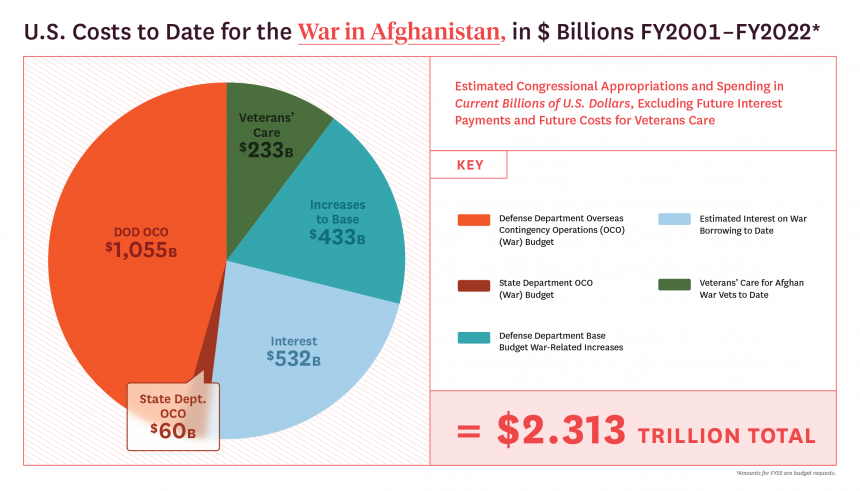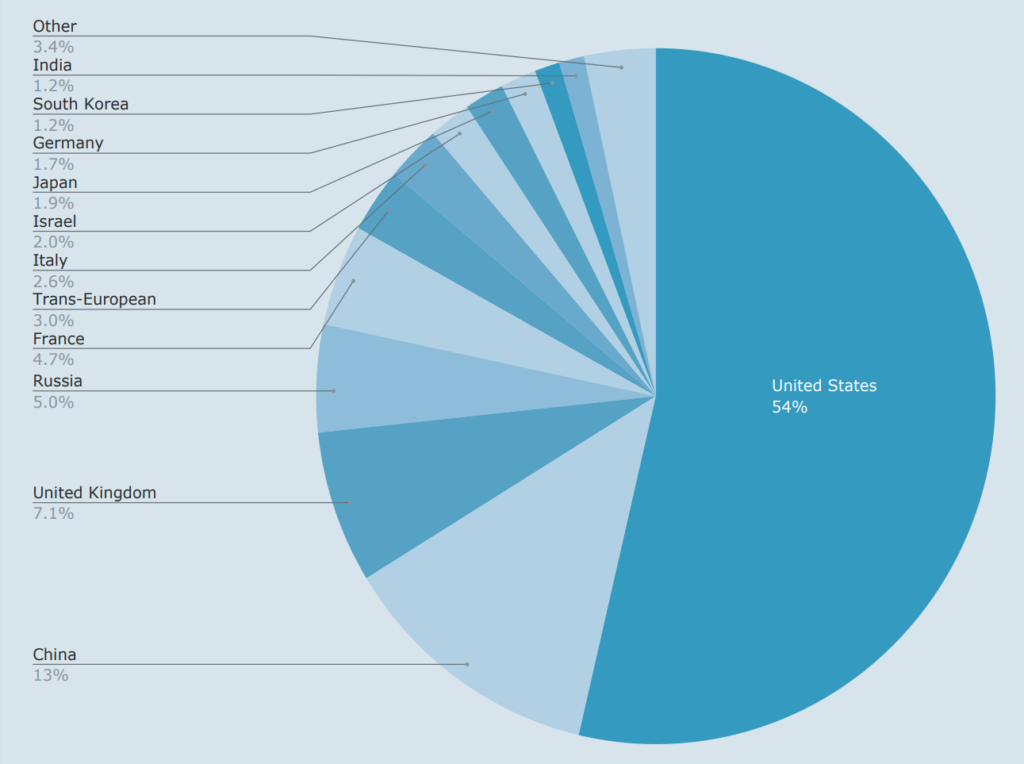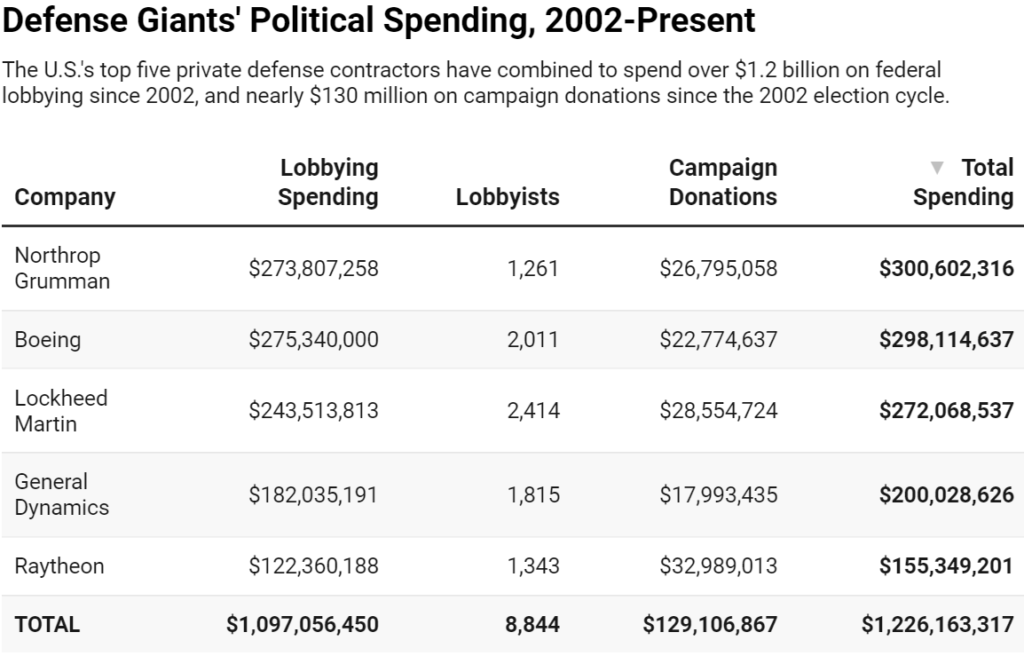War is a costly business that is invoked rarely and very seriously. It can cause the crippling of economies, populations, and even entire countries. Some examples would be the Eastern Block post WWII which lay in ruin due to the carnage unleashed by the Germans and Soviets. However, countries like the United States, Britain, Germany, and France were involved in the war but maintained strong economies post-WWII. What money-managing tactics allow these countries to build strong economies shortly after one of the most destructive wars in history?
The United States

The United States, in particular, fared exceptionally well despite the costly war. It has since grown to become the largest economy in the world. At 23 trillion dollars, it is the largest by a margin of over five trillion dollars. It also maintains one of the highest Gross Domestic Product (GDP) per capita at eighth place according to the International Monetary Fund (IMF). This comes despite the US participation in the Cold War, Vietnam War, Korean War, The War on Terror, and most recently, the war in Ukraine. In fact, the United States spent $1 billion dollars for every soldier sent to Afghanistan during the war on terror, coming out to a staggering $2.313 trillion dollars as shown in Figure 1.
The way that most governments of third-world countries afford to go to war is through financial aid provided by countries such as the US and Russia. These wars often produce opportunities for arms companies to sell their products abroad at a markup due to the high demand. The arms market is enormous, coming in at a total of $531 billion dollars worldwide, and is continually growing. The United States is home to the most arms companies in the world at 41 and makes up 54% of the world arms trade as seen below in Figure 2. These include Boeing, Lockheed Martin, Curtiss-Wright, Raytheon Technologies , Northrop Grumman, General Dynamics, and L3Harris Technologies.

Defense Contracts
These companies are able to secure funding from the government through defense contracts in which they fulfill the needs of the government in return for a sum of money. These could range from manufacturing guns and vehicles to stealth bombers and tanks, to even soldiers for hire. Boeing, General Dynamics, Lockheed Martin, Northrop Grumman, and Raytheon earned $2.3 trillion in government contracts while only spending $1.2 billion on lobbying. This comes out to an ROI of over 190000% or 1900x, and yet, this is only a fraction of the amount spent on defense contracts. Since 9/11, the government has spent over $14 trillion on its defense budget. It is estimated that up to half of this money was spent on defense contracts, which comes to a whopping seven trillion dollars. After looking at these figures, one may begin to ask: Why is it that the United States doesn’t just invest in its own infrastructure so that they aren’t forced to outsource it?
One of the leading reasons for this is that many congressmen hold shares in these defense companies, and make a profit when these companies are able to increase their share prices. As of 2021, 11 senators and 36 representatives owned $6.7 million in defense stocks. Most of these members have voted to increase military spending every year. This proves to be quite a conflict of interest as Congress is responsible for determining the military’s budget and whether or not the United States declares war. And yet, this still doesn’t answer how the United States itself can afford to spend billions of dollars in military aid every time war breaks out.
How The United States Makes Money in War
The United States is continually able to send billions of dollars in financial aid to countries that support the ideals of democracy and capitalism. In the recent war in Ukraine, Joe Biden pledged over $13.6 billion in financial aid to Ukraine since the start of the war. Most of this, however, was not sent in monetary terms, but instead as materials such as ammunition, rifles, vehicles, and weapons systems. As discussed earlier, many of these are provided by weapons contractors in the United States. These contractors turn a much higher profit during times of war, and therefore, have to pay more in taxes, allowing the US government to recoup some of this money.

Another way that the US government could be making money would be by buying Ukrainian bonds. As of October 2022, Ukrainian 1-year bonds were at a yield of over 228% as seen in Figure 3. The Ukrainian government released on March 1st, shortly after the outbreak of war, that they had raised over $270 million through its 1-year bonds and its 2-month bonds which at the time were at an annual yield of 11% and 10% respectively. These war-time bonds provide an opportunity for the people of Ukraine to help their country while making money but at the same time, allow others to do the same. An example of this is the National Bank of Ukraine (NBU) which has pledged the most money out of any organization or country, including the United States. It bought the equivalent of $2.38 billion on June 9 at a yield of 59%. These wartime bonds are often used in countries and are a way for governments to acquire funding. To pay them off, countries often print more money which may, in some cases, lead to extreme levels of inflation, especially in smaller and less powerful companies. Additionally, the governments of the victorious countries can demand war reparations as part of the peace deal.
Lobbying and Campaign Spending
As mentioned earlier, defense companies have spent over $1.2 billion in lobbying and campaign donations since 2002 and this has resulted in the acquisition of trillions of dollars worth of government contracts. This has also led to an increase in stock prices, especially upon the outbreak of war. During the recent conflict in Ukraine, some of these defense companies’ stocks soared to all-time highs. For example, Raytheon had a 13.3% increase to its all-time high, General Dynamics had an 18% increase to its all-time high, Curtiss Wright had a 24.5% increase to its all-time high, L3Harris had a 28% increase to its all-time high, Lockheed Martin had a 29% increase to its all-time high, Northrop Group had a 32% increase to its all-time high.

Coincidentally, Northop Group, Lockheed Martin, General Dynamics, and Raytheon were 4 of the 5 biggest spenders in terms of lobbying and campaign donations as illustrated in Figure 4. While Boeing has not kept up with the rest of these companies, it is an exception when compared to the other 4 defense companies and the dozens more that received contracts as a result of lobbying.
References
https://www.investopedia.com/insights/worlds-top-economies/
https://www.sipri.org/sites/default/files/2021-12/fs_2112_top_100_2020.pdf
https://www.pbs.org/newshour/world/biden-announces-nearly-3-billion-in-new-defense-aid-for-ukraine
https://www.bbc.com/news/business-56397601
https://www.cnbc.com/2022/03/02/ukraine-raises-270-million-from-sale-of-war-bonds-to-fund-army.html
https://www.pbs.org/newshour/world/biden-announces-nearly-3-billion-in-new-defense-aid-for-ukraine
http://www.worldgovernmentbonds.com/bond-historical-data/ukraine/1-year/
